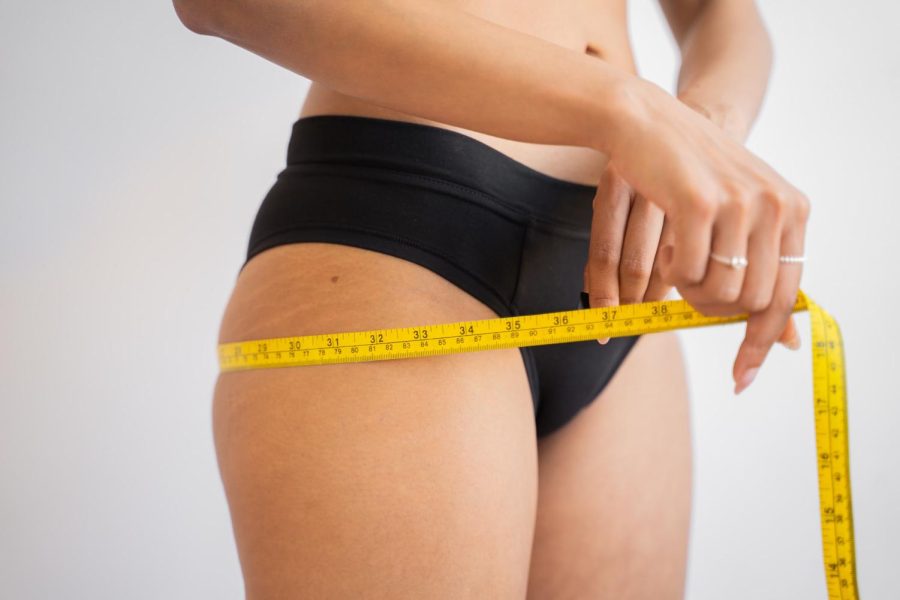Deficit in body diversity
It’s easy to get sucked into scrolling through social media for hours in search of outfit inspiration– saving and organizing posts of clothing we admire. But more often than not, those same pictures we obsess over tend to almost exclusively feature thinner models, making it easy to fall into the mentality that thinness and style are synonymous.
Although thinness has been a long-standing standard of beauty, recent generations—especially in the United States—praise the fashion industry for becoming more size inclusive. However, if the current revival of baggy clothing, reminiscent of late 90s and 2000s trends, has made anything clear, it’s that thinness continues to be favored over plus-sized, and even mid-sized, bodies.
With mainstream brands often scrambling to include plus-sized options for their customers, and with stores like Brandy Melville neglecting to sell anything past a size small, it’s no surprise that, in order to find fashion inspiration on a more diverse spectrum of body types, you have to use keywords such as “plus-sized.” In fact, thinness has become such an idolized beauty standard that people often don’t feel comfortable wearing a certain style unless they look like the models sporting it, opting to instead hold off on wearing styles they enjoy until they lose weight. However, a large contributor to this praise of smaller frames can largely be attributed to the fact that most other body types lack representation within the fashion industry—from runway models to those displayed on the walls of clothing stores.
The idea of representing more body types is often met with criticism, with the insistence that brands hiring plus-sized models tears down thinner people and instead promotes unhealthy lifestyles. Relating someone’s health to their body type cannot be further from the truth and instead just isolates an entire group of people from being represented in the fashion industry for the sake of upholding archaic and toxic beauty standards. In reality, size inclusion just acknowledges that other bodies exist and allows more people to see themselves in the clothing being advertised to them.
In its essence, this kind of argument can only be attested to poorly veiled fatphobia. This is emphasized through the praise of fairly simple day-to-day outfits, mostly consisting of baggy pants and crop tops, as seen on celebrities like Bella Hadid and Kylie Jenner. It’s understandable to compliment aspects of more intricately designed pieces they wear for runway shows or on a night out, but the appraisal for such simple outfits as these is ultimately celebrating these celebrities’ thinness and not the outfit itself. In response, fashion bloggers have called out these double standards by recreating outfits worn by thinner celebrities. More often than not, they find that the ensembles are cute regardless of body type, but definitely nothing new or innovative; case in point: these outfits are not exactly deserving of the excessive acclamation they recieve. Since the fashion industry often hires thinner models to show off their clothing, it makes it difficult for people to differentiate between style and thinness. Ultimately, body types don’t dictate how fashionable someone’s outfit may be, but the fatphobia that the industry and we consumers perpetuate definitely does.
Your donation will support the student journalists of Diamond Bar High School. Your contribution will allow us to purchase equipment and cover our annual website hosting costs.



